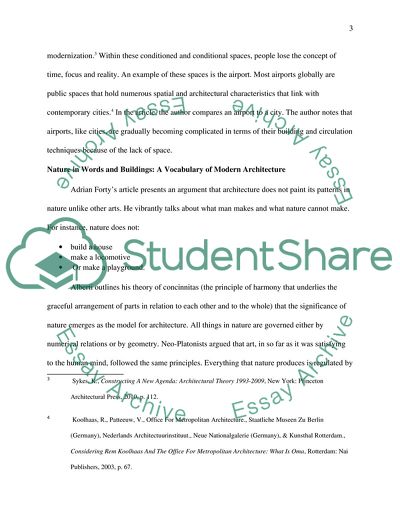Cite this document
(Architecture-Related Journals Literature review Example | Topics and Well Written Essays - 2000 words, n.d.)
Architecture-Related Journals Literature review Example | Topics and Well Written Essays - 2000 words. https://studentshare.org/architecture/1812140-architectural-related-journals
Architecture-Related Journals Literature review Example | Topics and Well Written Essays - 2000 words. https://studentshare.org/architecture/1812140-architectural-related-journals
(Architecture-Related Journals Literature Review Example | Topics and Well Written Essays - 2000 Words)
Architecture-Related Journals Literature Review Example | Topics and Well Written Essays - 2000 Words. https://studentshare.org/architecture/1812140-architectural-related-journals.
Architecture-Related Journals Literature Review Example | Topics and Well Written Essays - 2000 Words. https://studentshare.org/architecture/1812140-architectural-related-journals.
“Architecture-Related Journals Literature Review Example | Topics and Well Written Essays - 2000 Words”. https://studentshare.org/architecture/1812140-architectural-related-journals.


